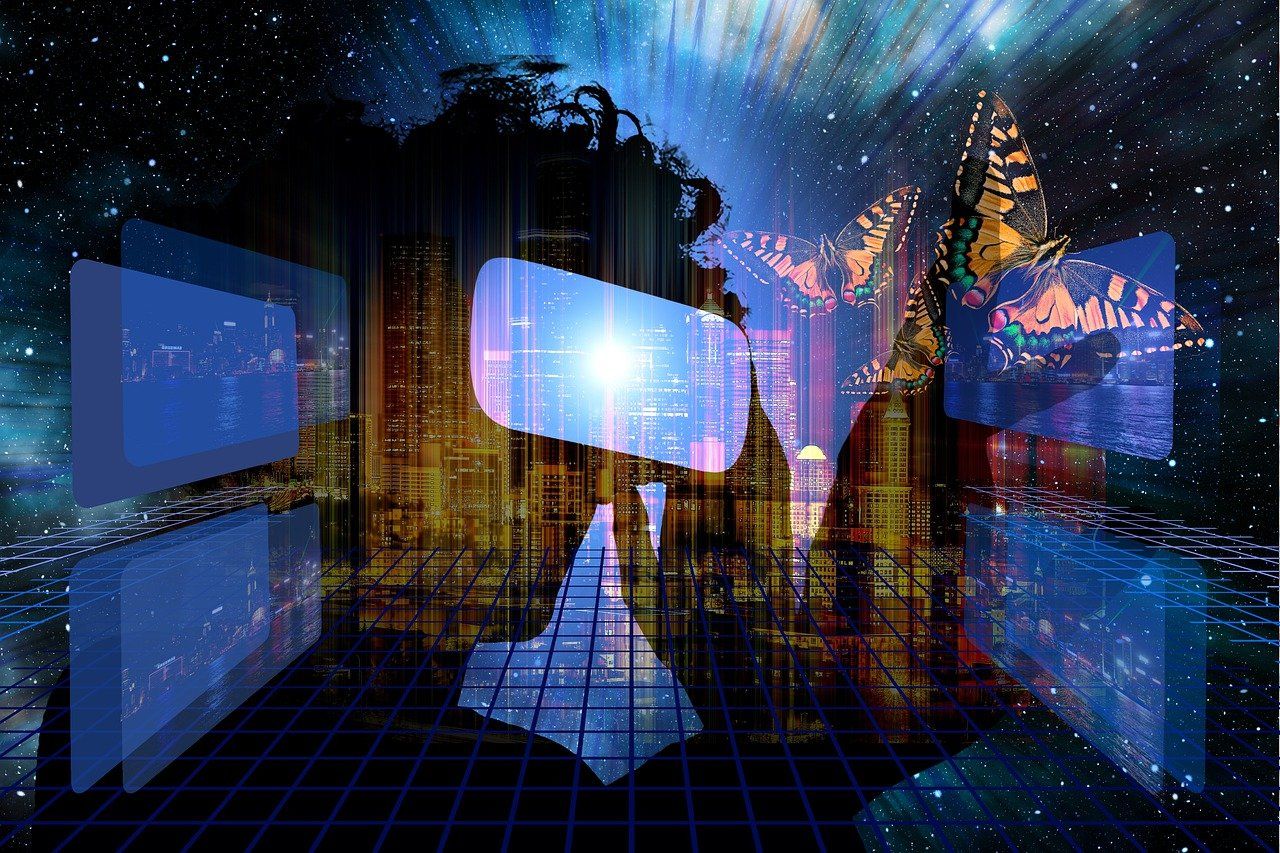What is the difference between 3D virtual world and the Metaverse?

The world has seen a significant shift towards virtual environments, where people can interact with each other through digital platforms. The rise of 3D virtual worlds and the Metaverse has opened up new possibilities for socialization, gaming, entertainment, and even commerce.
While 3D virtual worlds and the Metaverse share similarities, they are distinct concepts that offer different features, integration, and experiences.
In this post, we will explore the differences between 3D virtual worlds and the Metaverse regarding features, integration, and experiences and provide some real-life examples to better understand these concepts.
#1 Features
3D virtual worlds and the Metaverse have 3D graphics, avatars, and a virtual environment. However, 3D virtual worlds are often limited to a specific game or platform – i.e. a single virtual world- and have a predetermined set of rules and objectives. These virtual worlds are designed to create a fun and engaging gaming experience and often offer multiplayer options.
On the other hand, the Metaverse is an interconnected network of virtual worlds where people can interact with each other across multiple platforms and experiences. The Metaverse is not limited to gaming but encompasses a range of activities, including socializing, education, and commerce. The Metaverse is designed to create a persistent, immersive experience where users can seamlessly move between virtual environments.
#2 Integration
3D virtual worlds are often standalone applications accessed through a dedicated client. These worlds may be hosted on a centralized server or decentralized and distributed across multiple servers. While these worlds may allow users to import and export content, they are typically closed ecosystems with limited interoperability.
In contrast, the Metaverse is designed to be a more open and interconnected system. The Metaverse will be built using open standards and protocols, allowing seamless integration across platforms and devices.
#3 Experiences
3D virtual worlds are generally unrealistic and unengaging, and the people who meet there do not look very human.
On the other hand, the Metaverse is designed to be a more versatile platform that can support a wide range of experiences. Users can engage in various activities, from shopping and entertainment to education, training, and even business collaborations. And it allows users to interact with each other and their surroundings much more realistically - in a very natural and intuitive way, from any device, including virtual reality viewers and smartphones.
Real-Life Examples:
One example of a 3D virtual world is Second Life. Second Life is a virtual world launched in 2003 and is still active today. In Second Life, users can create and customize their avatars, explore a variety of virtual environments, and interact with other users in real time.
A real-life example of the Metaverse is Decentraland. Decentraland is a decentralized virtual world that is built on the Ethereum blockchain. Users can buy and own virtual land in Decentraland, which they can use to create and host a wide range of experiences.
The land system in Decentraland is divided into individual parcels stored as non-fungible tokens (NFTs) on the Ethereum Blockchain. These land parcels can be bought and sold using MANA, Decentraland's native cryptocurrency.
Decentraland is designed to be a fully-realized Metaverse that is accessible to everyone, and it is built using open standards and protocols to ensure seamless integration across platforms and devices.
In conclusion, while both 3D virtual worlds and the Metaverse are immersive digital environments, they have key differences.
3D virtual worlds typically focus on real-time social interaction, while the Metaverse is designed to be a more expansive and versatile platform that supports a wide range of experiences.
3D virtual worlds are often standalone applications, while the Metaverse is built using open standards and protocols to ensure seamless integration across platforms and devices.
Ultimately, the Metaverse is set to revolutionize how we interact and engage with digital environments. It will provide users with vast experiences that go far beyond what is currently possible in 3D virtual worlds.
Do you want to unlock the potential of the Metaverse for your business?
If you’re interested in exploring the Metaverse for your business, get a FREE C21 discovery call with C21's Chief Strategy Officer, Kenneth Choo, today.
Take the first step towards a world of business possibilities.
Don't miss out on this opportunity. Schedule your call now with this link!
